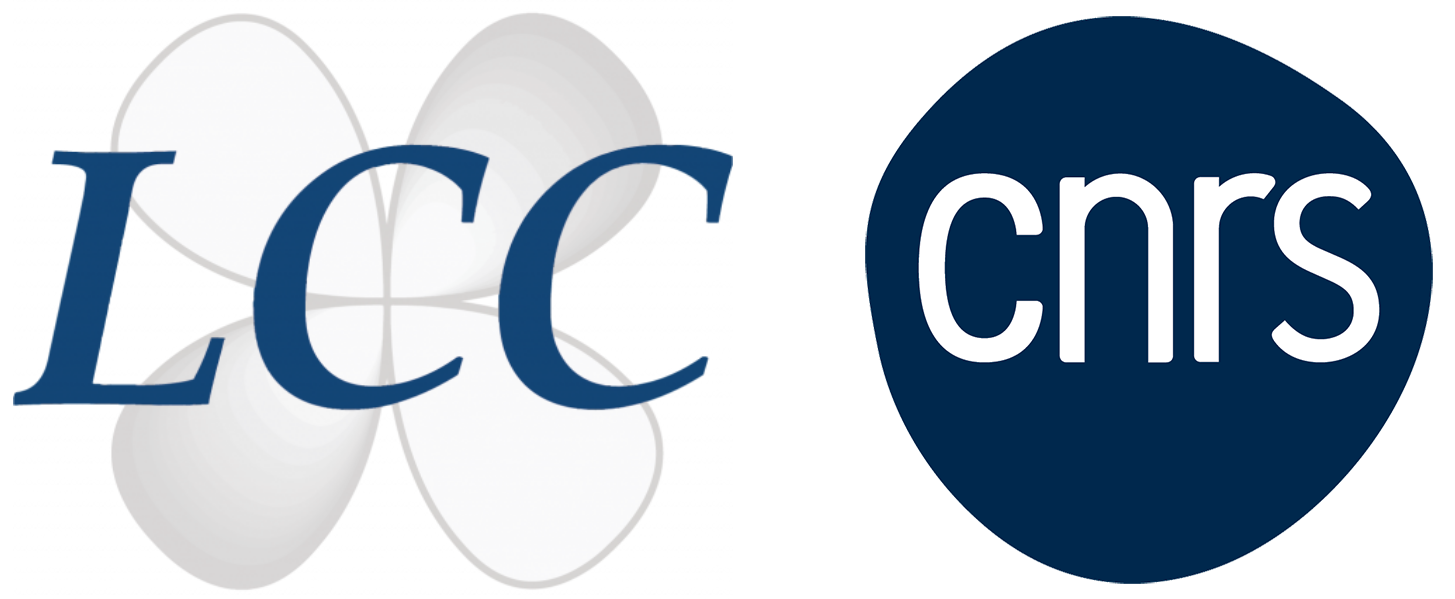
- Cet évènement est passé.
Conférence Dr Clément CAMP

Dr Clément CAMP
Laboratory of Catalysis, Polymerization, Processes and Materials (CP2M – UMR 5128)
CNRS, Université Claude Bernard Lyon 1, CPE-Lyon
3 rue Victor Grignard, Villeurbanne, France
clement.camp@univ-lyon1.fr
Cooperative heterobimetallic reactivity: from molecules to catalytic materials
One of the current frontiers in organometallic catalysis is to study the combined action of two metal centers to promote novel modes of reactivity, where the two metal centers act in synergy, in order to access a chemistry not possible with monometallic species. The association of electron-rich late metal centers (such as Ir, Cu, Au), with Lewis acidic metals (such as Al, Hf, Ta) is particularly interesting to create polarized metal-metal pairs presenting original electronic structures, and thus potentially novel reactivity. Recently, we have shown that these heterobimetallic complexes are able to activate small molecules such as carbon dioxide (Fig. 1a)1,2 as well as C-H bonds (Fig. 1b)3–5 in a concerted way on both metal centers, which explains why these bimetallic systems have better catalytic performances that that of their monometallic analogues. Using a Surface OrganoMetallic Chemistry (SOMC) approach, these heterobimetallic complexes are used to prepare original and well-defined heterogeneized catalysts featuring molecular or nanoparticle active sites which are highly active and selective in hydrogen isotope exchange (HIE) reactions. In this presentation we will describe our latest results in this area of research, in particular recent efforts to replace iridium by more sustainable metals.

Reactivity of heterobimetallic complexes for the activation of CO2 or C-H bonds by cooperative mechanisms across the two metals.
Références
(1) Escomel, L.; Del Rosal, I.; Maron, L.; Jeanneau, E.; Veyre, L.; Thieuleux, C.; Camp, C. Strongly Polarized Iridiumδ–Aluminumδ+Pairs: Unconventional Reactivity Patterns Including CO2Cooperative Reductive Cleavage. J. Am. Chem. Soc. 2021, 143 (12), 4844–4856. https://doi.org/10.1021/jacs.1c01725.
(2) Lachguar, A.; Del Rosal, I.; Maron, L.; Jeanneau, E.; Veyre, L.; Thieuleux, C.; Camp, C. π-Bonding of Group 11 Metals to a Tantalum Alkylidyne Alkyl Complex Promotes Unusual Tautomerism to Bis-Alkylidene and CO 2 to Ketenyl Transformation. J. Am. Chem. Soc. 2024, asap.
(3) Lassalle, S.; Jabbour, R.; Schiltz, P.; Berruyer, P.; Todorova, T. K.; Veyre, L.; Gajan, D.; Lesage, A.; Thieuleux, C.; Camp, C. Metal–Metal Synergy in Well-Defined Surface Tantalum–Iridium Heterobimetallic Catalysts for H/D Exchange Reactions. J. Am. Chem. Soc. 2019, 141 (49), 19321–19335. https://doi.org/10.1021/jacs.9b08311.
(4) Escomel, L.; Abbott, D.; Mougel, V.; Veyre, L.; Thieuleux, C.; Camp, C. Highly Dispersed Silica-Supported Iridium and Iridium-Aluminium Catalysts for Methane Activation Prepared via Surface Organometallic Chemistry. Chem. Commun. 2022, 58 (59), 8214–8217. https://doi.org/10.1039/d2cc02139k.
(5) Pichugov, A. V.; Escomel, L.; Lassalle, S.; Petit, J.; Jabbour, R.; Gajan, D.; Veyre, L.; Fonda, E.; Lesage, A.; Thieuleux, C.; Camp, C. Highly Selective and Efficient Perdeuteration of N-Pentane via H/D Exchange Catalyzed by a Silica-Supported Hafnium-Iridium Bimetallic Complex. Angew. Chemie 2024, 136 (16), e202400992. https://doi.org/10.1002/ANGE.202400992.
